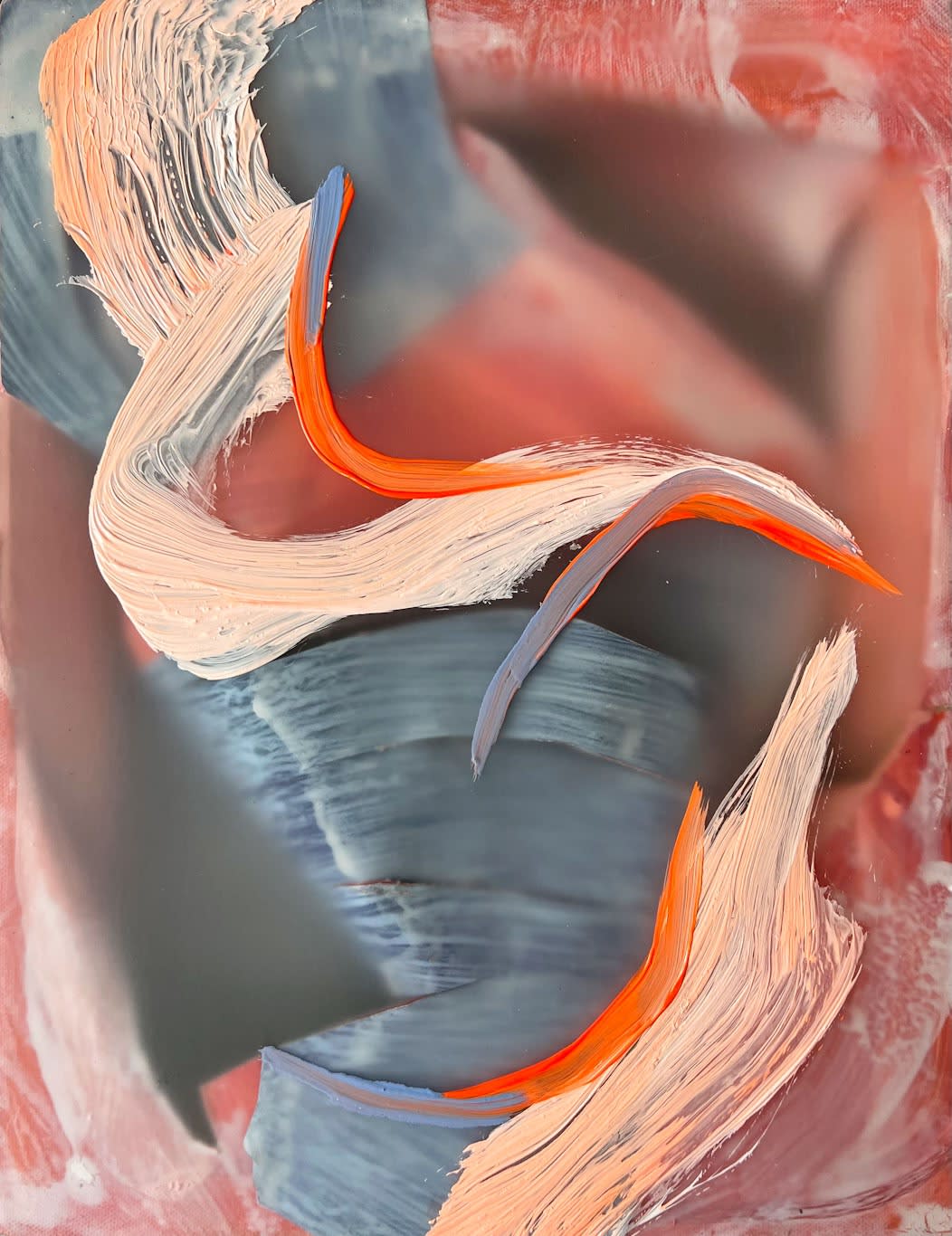Anahita Darabbeigi
I have lived my entire life in Tehran, a noisy, crowded and diverse city. One specific visual aspect of this huge metropolis, its foggy colors, have managed to find their way to my visual world: both dreams I see and draw as a note, and also the final pictures I make are affected by these colors. There also is another important base to my pictures: the perspective of persian miniature, which makes me able to look from a different and mixed angle which I think is actually the angle of meanings and feelings. These Landscapes are all made on the concept of borders. Being in between light and color, at the marge of day and night, the betweenness of that state of feeling.
Another thing that I look up to in making my pictures is the persian poetry – both classic and modern – as a potential picture source: What poets try to do is so close to what a painter does, so I had to capture a picture, a meaning and a feeling. The best kind of hunt!
Born 1996 in Tehran, UK
Lives and works in Tehran, Iran
EDUCATION
2023 MA Illustration, University of Tehran, Tehran, Iran
2020 BA Painting, Art University of Tehran, Tehran, Iran
SOLO EXHIBITIONS
2024 Like the Tree who Stands, Vista Art Gallery, Tehran, Iran
2023 Trees of Tehran series, Golestan Gallery, Tehran, Iran
2015 Slumber series, Fereshteh Art Gallery, Tehran, Iran
SELECTED GROUP EXHIBITIONS
2023 Maan Art Event Group Exhibition, Didar Art Gallery, Tehran, Iran
Khor Art Initiative 30 nominated Artists Online Show, Sarai Art Gallery, Tehran, Iran
Still life, Javid Art Gallery, Tehran, Iran
Ordibehesht, Javid Art Gallery, Tehran, Iran
Azad Studio, Azad Art Gallery, Tehran, Iran
Artists Ecologies group exhibition, Daa Art, London, UK
Selected Artworks Exhibition of Taipei Artfair / XPower Gallery / Taiwan
Art Revolution Taipei Artfair, World Trade Cntre Hall, Taiwan
Meeting, Didar Art Gallery, Iran
For Life, Aaran Gallery, Tehran, Iran
2022 Escape, Iranian Landscape Painting, Menha Group, Online
100 Artists, Golestan Gallery, Online
Group painting and video art exhibition, Ech Gallery
Mohammad Siah Ghalam Art Prize, Iranian Contemporary Miniature Painting, Azad Art Gallery, Tehran, Iran
2021 Grand Prize of Iran Contemporary painting, Iranian Artists’ Forum
This is Tehran, Javid Art Gallery, Tehran, Iran
Group Painting Exhibition, Artibition Gallery, Tehran, Iran
2017 Group Printmaking Exhibition, Haft Samar Art Gallery, Tehran, Iran
2016 Group Printmaking Exhibition, Haft Samar Art Gallery, Tehran, Iran



